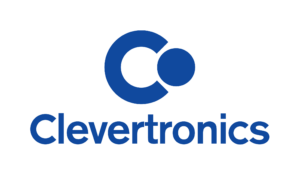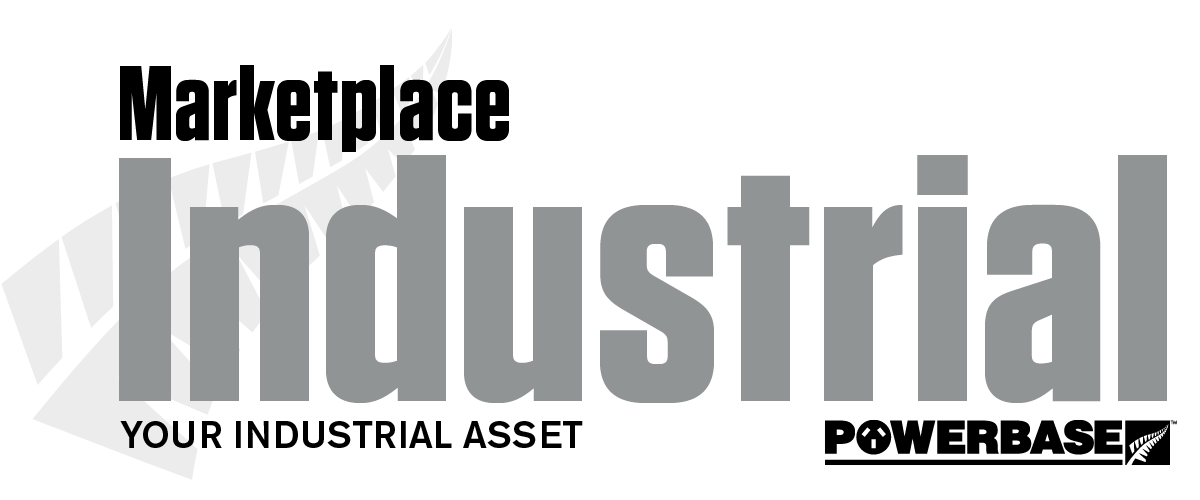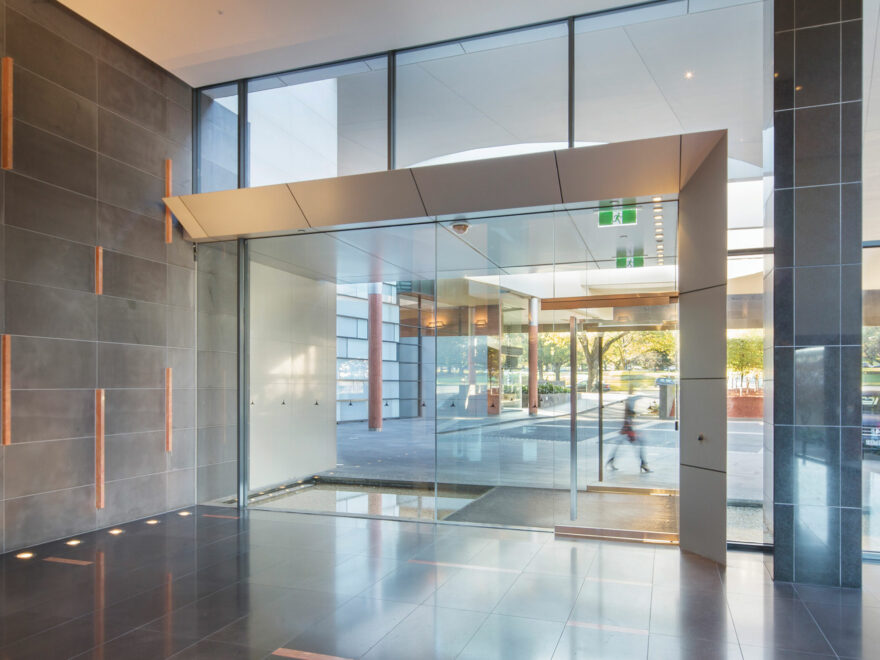Reduce costs and achieve faster payback for your emergency lighting.
Emergency lighting and exit signage are essential to ensure safe egress by building occupants when the normal lighting fails, including during a fire or other crisis. The right product selection significantly affects both the compliance outcome and the overall cost of ownership for the end user. Once installed the cost of maintaining the emergency lighting system to ensure compliance has been a significant issue. In many cases, the maintenance cost exceeds the cost of installation when using old technology batteries including Nickel Cadmium (NiCd), Nickel Metal Hydride (NiMH) and Sealed Lead Acid (SLA). So, in short, the real costs begin after installation.
With recent advancements in Lithium Iron Phosphate (LiFePo4) battery technology combined with some clever engineering design, the issues around high maintenance costs can be a thing of the past for Building Owners and Facilities Managers. It is important to note that different LiFePo4 batteries will produce large variations in maintenance cost savings; therefore, it is crucial to ask manufacturers for actual site results before making a selection for your site.
As an example, the Clevertronics LP range produces 50% maintenance savings with an 8 year battery service life. The L10 Nanophosphate® range with an unmatched 85% in maintenance savings has a 12 year battery service life. L10 has provided faster payback than any other emergency lighting solutions on the market due to its outstanding performance.
One of the best ways to achieve a quick payback on investment is to upgrade sites progressively with LP or L10 fittings as the existing fittings fail. Usually, over a short period, the site is upgraded and enjoying long periods of maintenance free operation.
Other benefits that will be achieved with Clevertronics’ Lithium products include energy savings of up to 80% and the important fact that Lithium is a much safer option for humans and the environment due to the absence of dangerous toxic substances of Cadmium, Nickel and Lead.
To understand the challenges of incorporating an LFP battery into an Emergency light and why long term testing and making it work in harmony with the total product is vital to ensure long term reliability Michael Duce – National Systems and Engineering Manager from Clevertronics provided some insight. “When we were embarking on this project we knew the reliability of the product was centered around the impact heat would have on the components inside the emergency luminaires so we put significant resources into redesigning products to place batteries away from heat sources. In the case of batten luminaires, we developed a thermally isolated section or POD at the end of the batten to house the LFP battery and the emergency LED light source. Testing was rigorous, and Michael and his Australian-based team spent over two years testing the product before it was released on the market. Michael adds further details about managing the project. “The second challenge was to ensure we could incorporate the battery into the various range of fittings. Our customers needed a complete range of Emergency, Exits and Batten fittings for their projects and to realize the 80% plus maintenance savings from the L10 range we needed to deliver the entire range as a package. This was challenging from an engineering perspective due to the massive scale of the development task given the large number of different products in our range. It meant that we had to structure the development team to work on several product families concurrently and work very closely with the Production Team to ensure a smooth transition to full-scale production. To see the results now after having them onsite for close to 4 years provides great satisfaction, especially being the global innovators.”
For more information, Clevertronics NZ team can assist with a customised upgrade report detailing the saving that can be achieved for your site using the different ranges.


